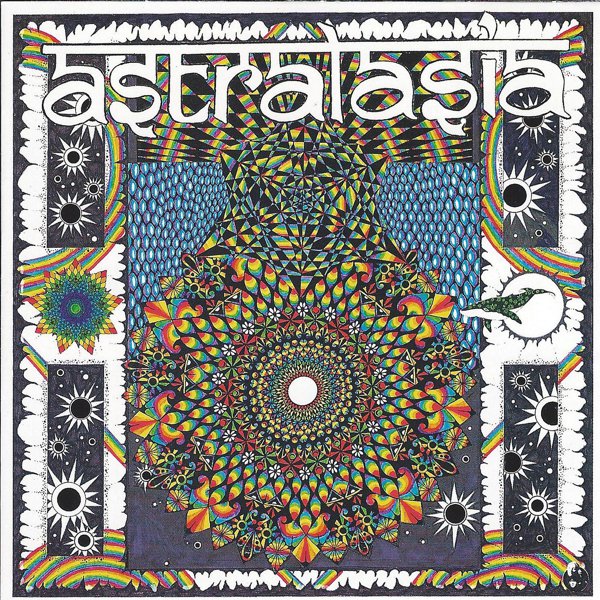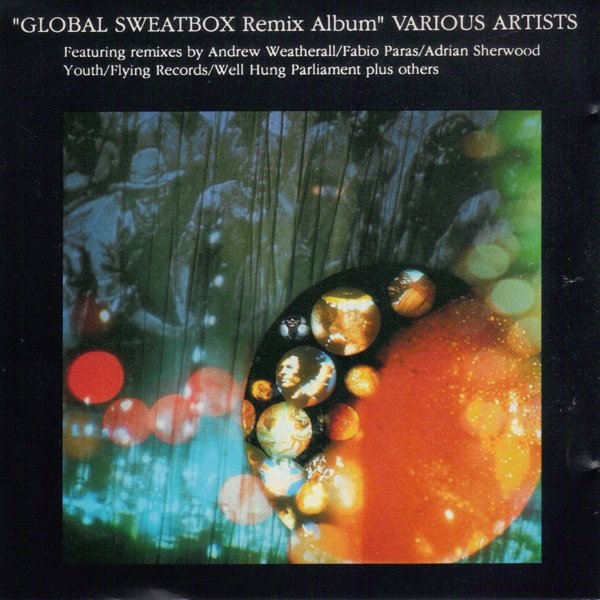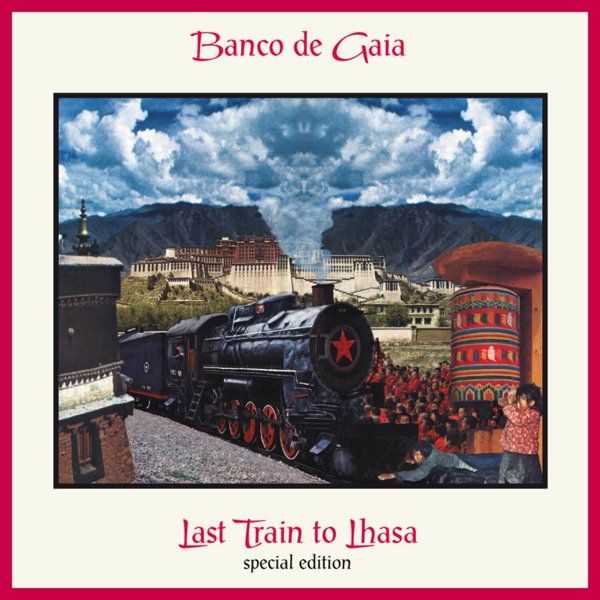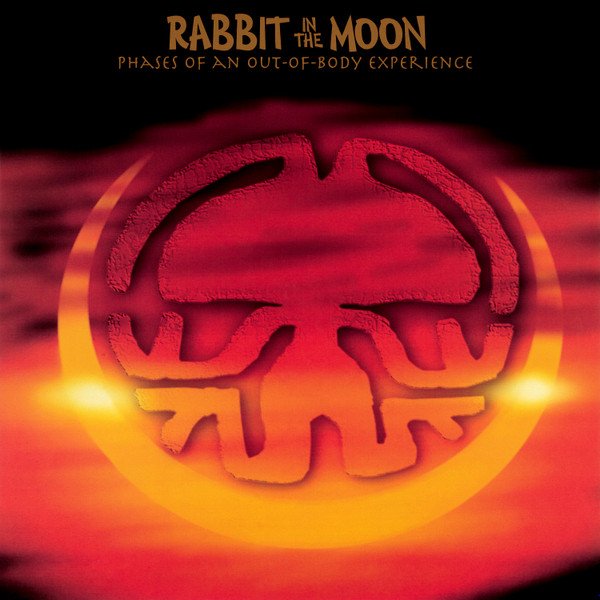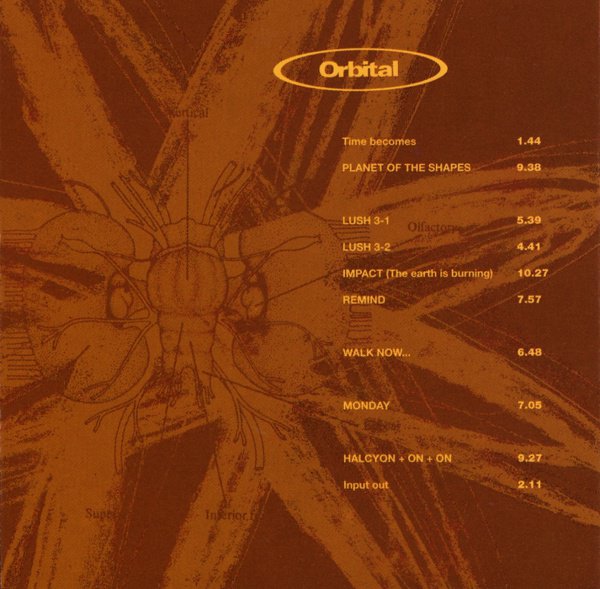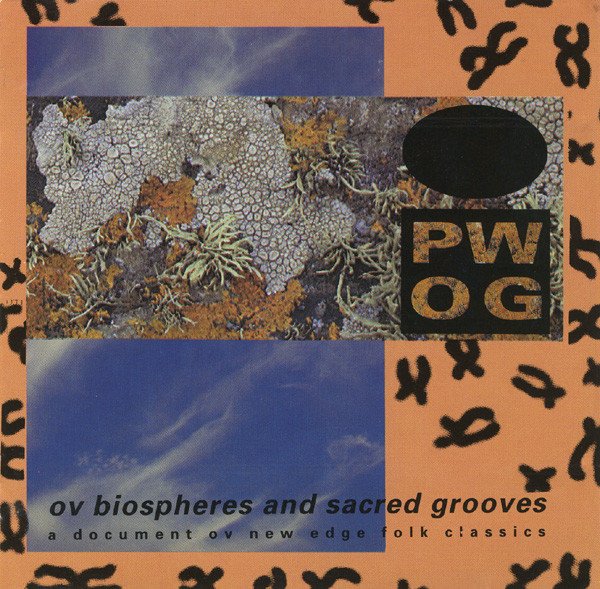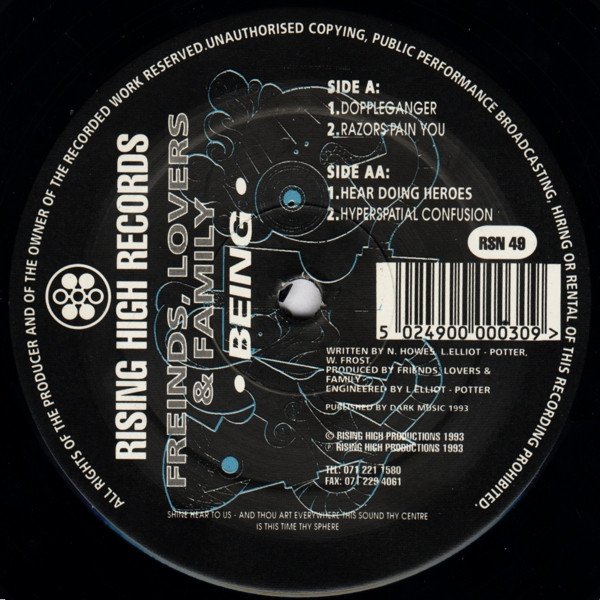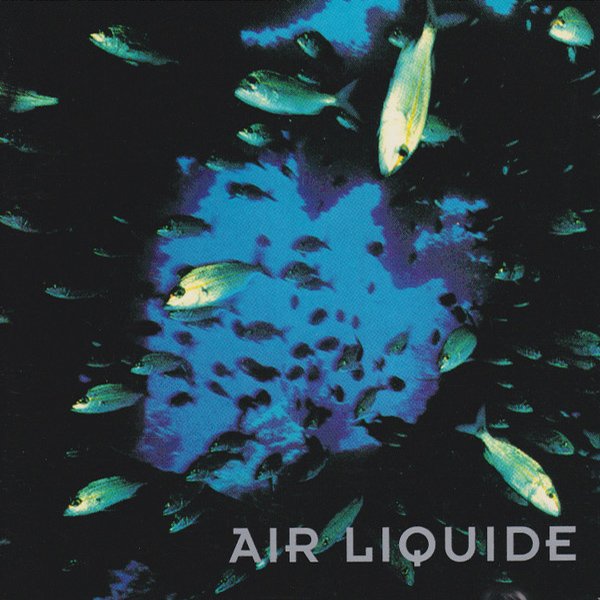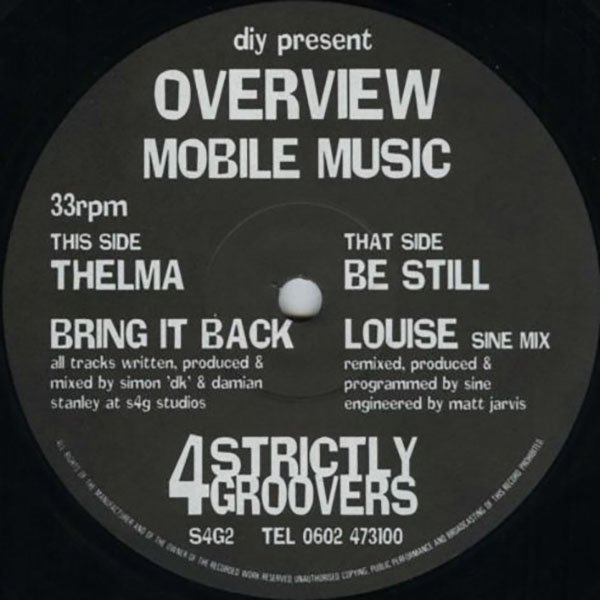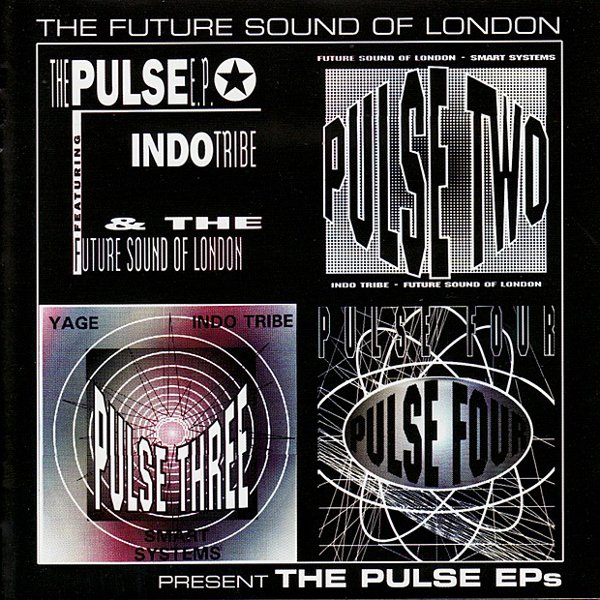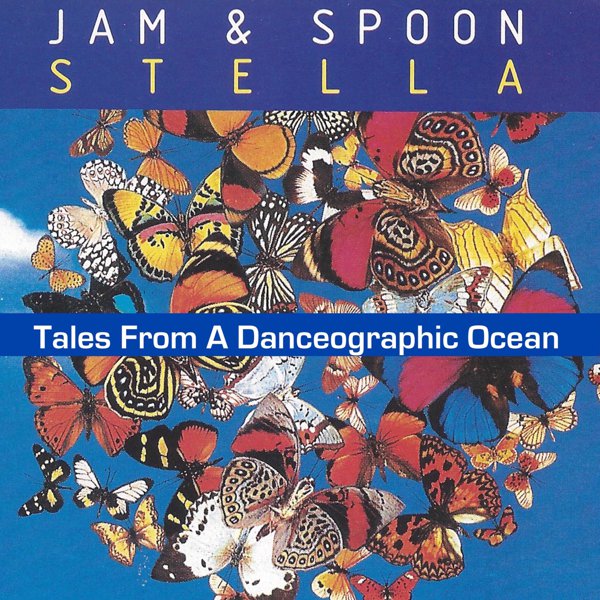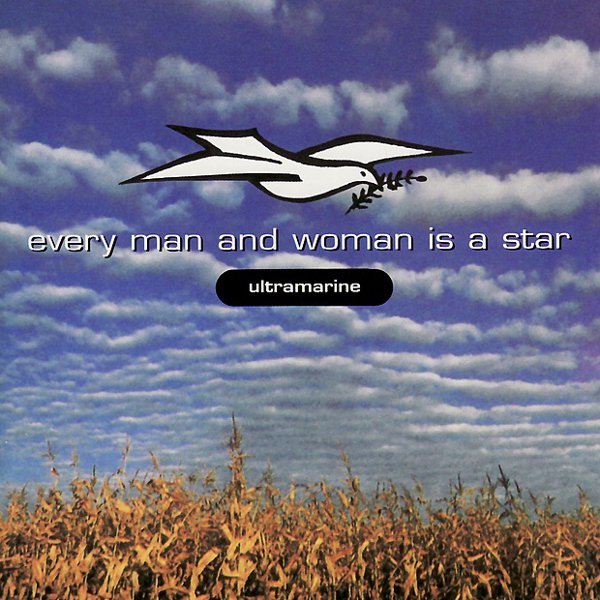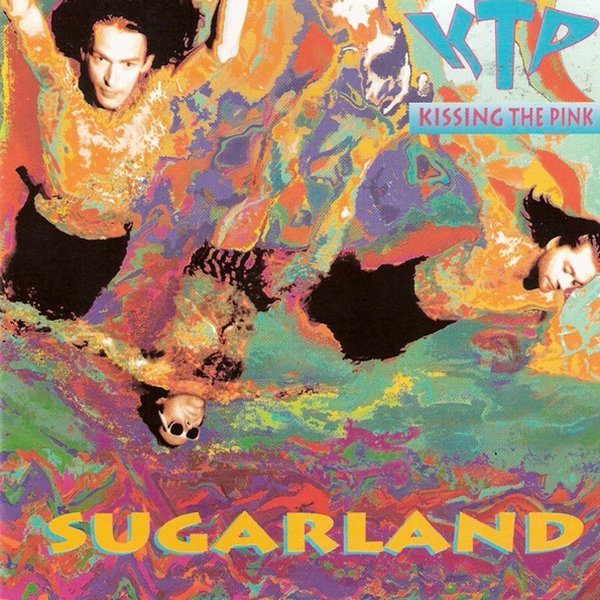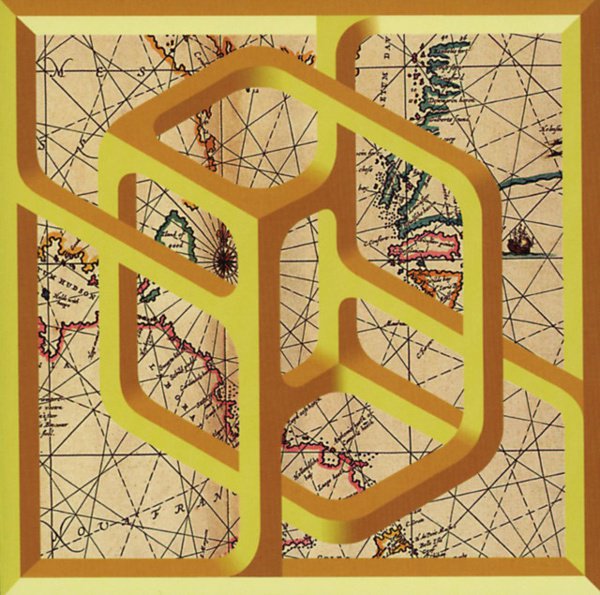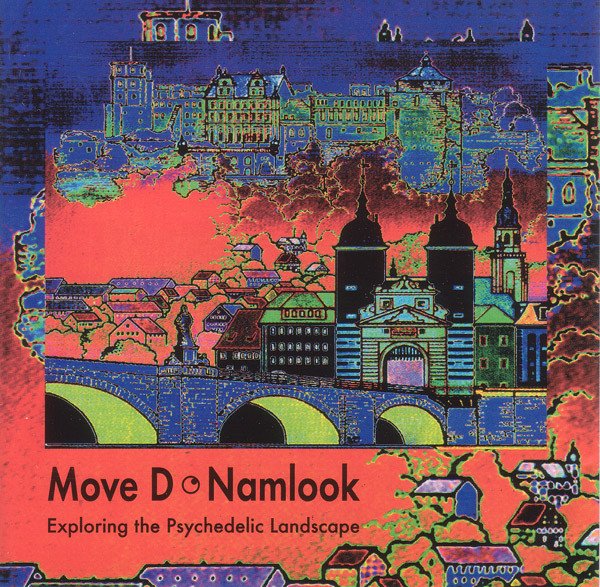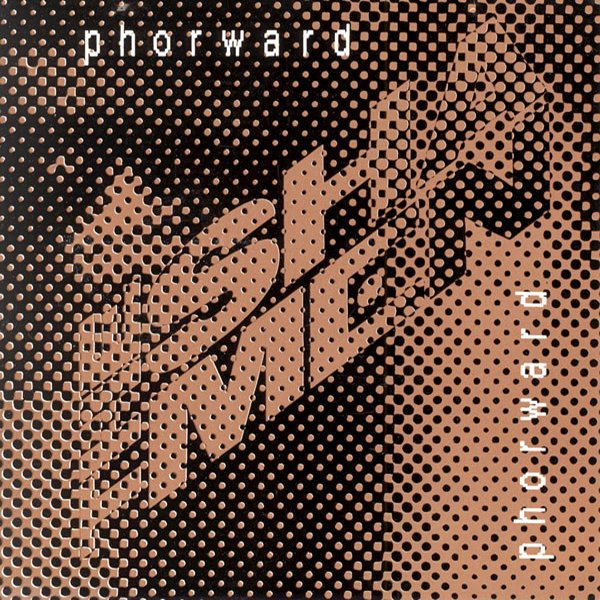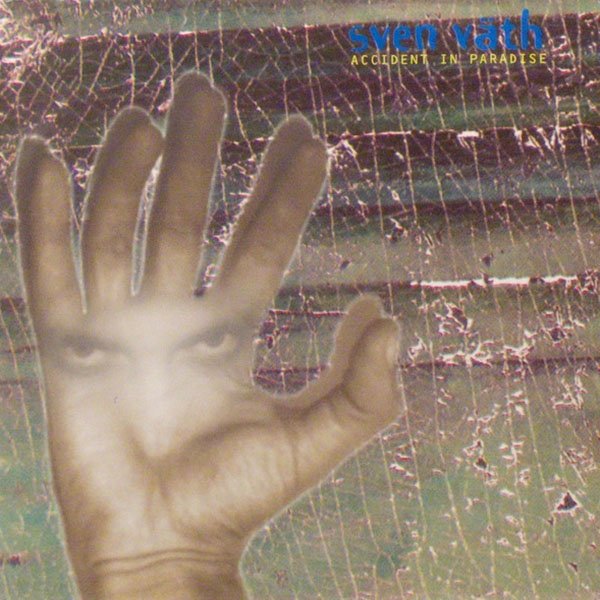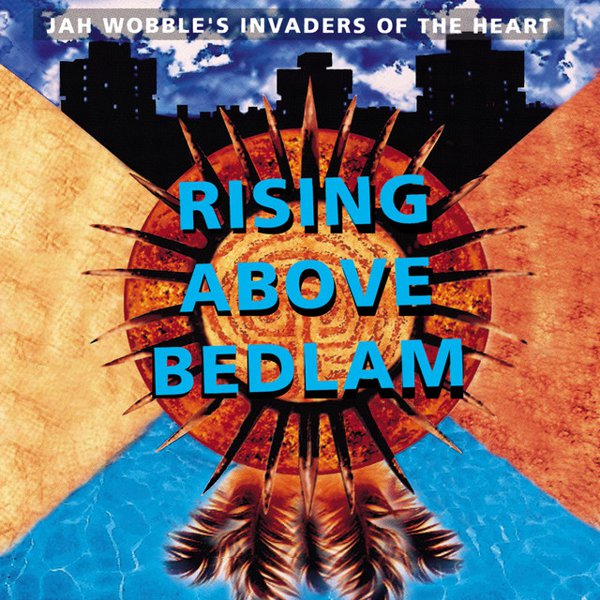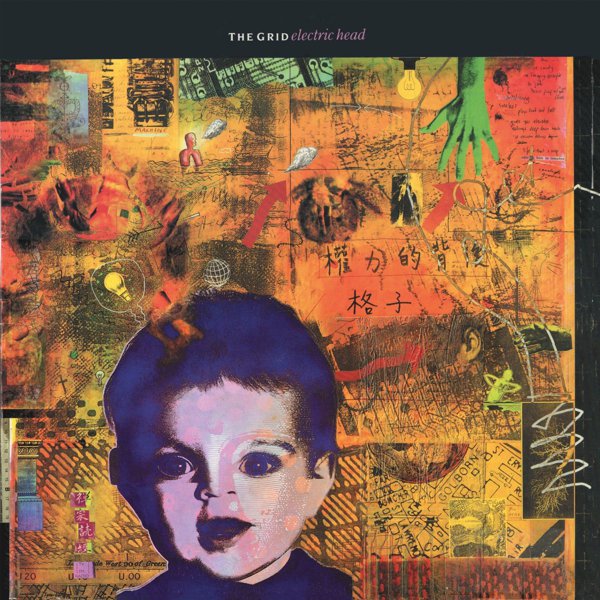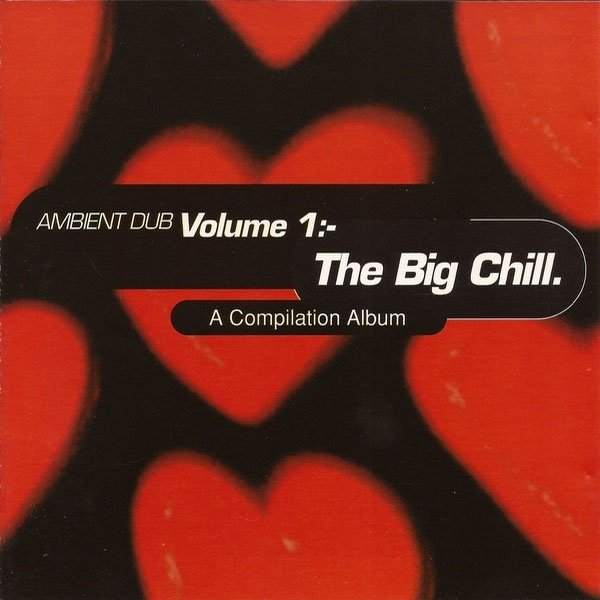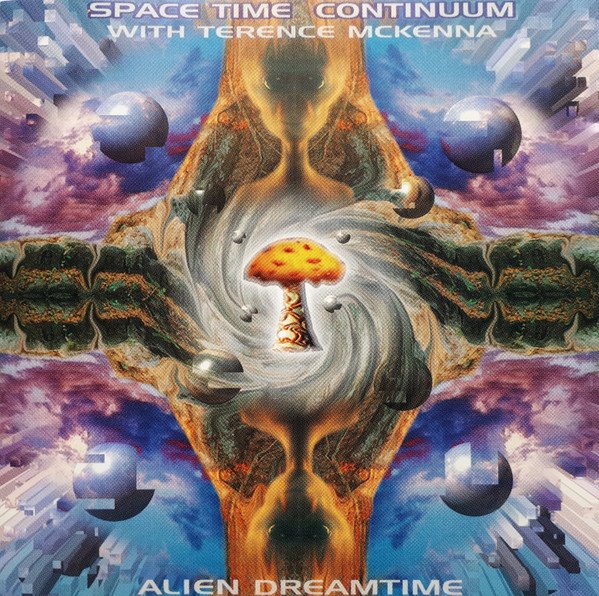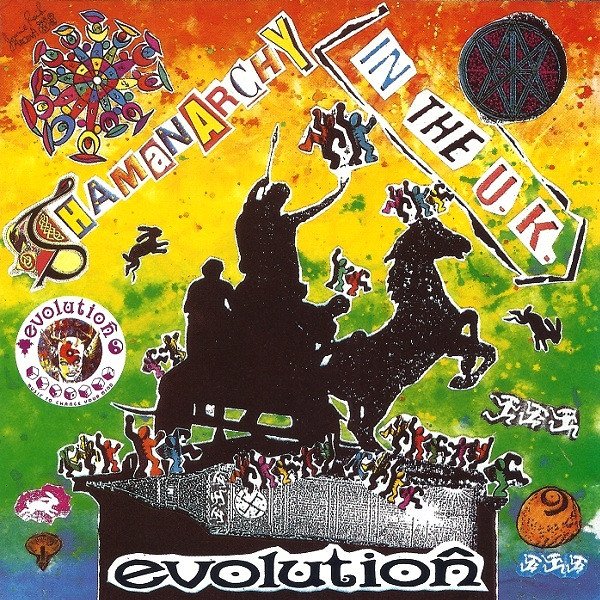The story of modern dance music is often told as having a simple genesis: it’s what happened when American house and techno music met ecstasy. And that’s kind of true. Certainly this synergy of sound, technology and pharmacology provided the spark which caused an explosion across Europe and the world in the late 1980s and became rave culture as we know it. But this couldn’t have happened in the way it did if certain social and musical infrastructures weren’t already in place. Subcultural networks that had already formed around soul, hip hop / electro, football culture, reggae soundsystems, punk / postpunk, the bohemian club scenes of Mediterranean resorts and so on.
One of the most vital parts of this was psychedelic culture. The acid house and Balearic scenes, when they blew up internationally, expressly emphasised the “second summer of love” aspects with retro 60s aesthetic flowing together with more modernist aspects, and LSD and other hallucinogens were in the mix along with MDMA from the start. House itself had roots in disco, which in turn was forged by the Woodstock generation: the first disco party, after all, had been called Love Saves the Day. This new thing wasn’t just a revival of something long gone, though. Far from it: there were direct and unbroken historical connections from the first psychedelic explosion to this new phenomenon. As club culture evolved into the 90s, the connections between electronic music and psychedelics created a whole new set of sometimes very peculiar hybrids.
In one sense, raving really was just a continuation of what began in the 60s. All nighters, pill-popping, delirium, strobes and smoke, immersive lightshows, freaky dancing – hell, the beautiful people of the 60s even called themselves “ravers”. But it wasn’t just an atavistic revival: the musical and cultural DNA flowed through underground channels right through the intervening two decades. The first lineage is what you might call the psychedelic-industrial continuum. From the early 70s, collectives like COUM (who would spawn Throbbing Gristle), Cabaret Voltaire and others were taking hallucinatory and hypnotic techniques of alternative culture and innovating with them, in ways that would feed into all the electronic music that followed from industrial to pop – and even into disco, house and techno. Of course the German version of this was even more direct, with the repetitiousness often found in the music of Kraftwerk, Can, Amon Düül and others spreading out through studios and dancefloors worldwide.
Then there were the parties that never ended. The free festival movement of the UK countryside which spawned the “peace convoy” of new age travellers, the perpetually moving Deadheads of the USA, the squats of Berlin, Amsterdam and many other cities worldwide, and those boho clubs of Ibiza, Rimini and other Mediterranean outposts: all provided sanctuary for the hippies and spaces for non-stop intoxication and weird music. On the beaches of Goa in Western India, many of the most committed “heads” settled and built a party culture that in the early 80s developed a DJ culture of its own, with all night and all day bacchanals taking place to a soundtrack of unique cassette tape DJs mixing instrumental electronic goth, electropop, EBM and other descendants of those transgressive industrial experimentalists of the 70s.
Plenty of electronic music was made expressly with narcotic revelry expressly in mind – Soft Cell’s 1982 Non-Stop Ecstatic Dancing (with rap by Cindy Ecstasy no less) made no bones about it, and acts like the post-Throbbing Gristle Chris and Cosey, or Belgians Liaisons Dangereuses and Front 242, were expressly making records for sweating, deranged dancefloors. Other post-hippie scenes in the 80s came together around roots and dub reggae (Jah Shaka Sound being a particular destination for all night dancers) and what was known at the time as “world music” with DJs like Charlie Gillett and the Whirl-Y-Gig club making global sounds into a party soundtrack. All of this would come together with psychedelic rock and punk at festivals galore, and at clubs like London’s Club Dog and Sugarlump – all of which were ready and waiting with wild crowds, soundsystems, light shows and the rest when acid house culture arrived.
Of course the hippies, neo-hippies, hippie-punks, crusties, new agers and the rest took to post acid house raving with aplomb. Many from the more LSD-infused end of industrial, postpunk and new wave became early innovators. All the various fragments of Throbbing Gristle – Chris & Cosey, Coil and Genesis P-Orridge’s Psychic TV – got right in amongst it. Dave Ball of Soft Cell formed The Grid with Richard Norris – who had also been part of Jack The Tab with P-Orridge. Youth from Killing Joke and his sometime roadie Alex Paterson both threw themselves into all kinds of projects around The Orb, and former Echo & The Bunnymen / Teardrop Explodes manager Bill Drummond turned his sampledelic prankster project Justified Ancients Of Mu Mu with the none more neo-hippie Jimmy Cauty into the rave-conquering KLF.
Bands on the fringes of industrial and psychedelic indie rock through the 80s found their records being played by acid house DJs and many got in on the act. Nitzer Ebb, Front Line Assembly, Meat Beat Manifesto, Finitribe all joined the party, and maybe most notably The Shamen enacted a radical transformation from Syd Barrett obsessed indie rockers through industrial experimentation to acid house mainstays: their Synergy tours in particular provided space for live performance of electronic music in an otherwise DJ-led scene, with the likes of Ramjac, Mixmaster Morris’s Irresistible Force, Meat Beat Manifesto and Orbital – all more or less rooted in the squat scene of the 80s – performing in full on psychedelic lightshow environments and often all-night venues.
These types of acts were also playing at unofficial live jams in studios and at small underground clubs like London’s Brain. Club Dog embraced electronic sound and expanded to become Megadog – and in 1992, Frazer Clark founded Megatripolis in London. Whirl-Y-Gig, despite its unabashedly hippie tie-dye and patchouli ethos, became a major part of post-acid house clubland. At Glastonbury 1992, Tony Andrews – the creator of Turbosound and later Funktion One soundsystems and himself a hippie festival veteran – masterminded the Experimental Soundfield with a then little known Underworld mixing DJing and live performance often for up to 14 hours at a time.
Meanwhile, also in the UK, the “free party” movement had begun, sparked at the Treworgey Tree Fayre in 1989 as new age travellers glommed onto acid house in a big way and spread like wildfire over the next few years with crews like DiY, Spiral Tribe, Circus Warp and many, many more throwing illegal parties without end, reaching a peak at the notorious Castlemorton Common free festival in May 1992 where an estimated 40,000 people raved for over a week. DJs from these crews began making records themselves, while bands from the old hippie free festival circuit began turning electronic – thus Ozric Tentacles begat Eat Static, the Magic Mushroom Band begat Astralasia, and so on… Even the venerable Hawkwind created techno-ish offshoots and had Aphex Twin play at their 24 Hour Spectacular shows. Out in the US, parallel things were happening with the Midwest rave movement absorbing old punks and Deadheads into its structures.
In Goa, the arrival of house and techno naturally fused with the existing electronic music party culture – and Europeans of a spiritual and/or acid-guzzling bent started making music specifically for the stimulus-hungry crowds, giving rise to a new sound: trance. This caught on in Germany, and particularly Frankfurt, where artists like Sven Väth, Pete Namlook, Oliver Lieb, and Rolf Ellmer created a turbo charged, cosmically-inclined dancefloor sound. The swooshes, swirls and arpeggios of trance created a particular musical language which mixed with ambient and downtempo, with breakbeat rave, with global fusions and with more experimental music to create, through the mid-90s, a ridiculously fertile atmosphere.
Audiences and artists were exposed to fascinating cultural interchange. “Zippie” culture, a flavour of Californian new-ageism revivified by techo-optimism, had people buzzing about AI, VR, global communication, cognition-boosting “smart drugs,” fractals, quantum physics. The presence at clubs, festivals and squat parties of chillout rooms encouraged long and weird conversations, which many boosted by getting speakers: the back room of Megatripolis most famously hosted a huge range of maverick thinkers on Gaia theory, leylines, collective minds and so forth. Perhaps the defining voice of the time was Terrence McKenna, the charismatic psychedelics advocate whose sermons appeared on records by The Shamen and an entire album by Scot-in-California Jonah “Spacetime Continuum” Sharpe.
For a while, dance culture was not fully speciated. Trippy hippie fusions were adjacent to and overlapped with other genres and subgenres. Even jungle and drum’n’bass had its mystical, stoner tendencies and acts like Bristol’s Roni Size and DJ Krust cut their teeth at traveller free festivals as much as in any urban club. Many out-there musicians from the Warp / Ninja Tune axis – Aphex Twin, Autechre, Speedy J and dozens more – found that the wide-eyed audiences at hippie raves like Megadog were the most receptive to their experimentation. And the parties were as welcoming as anything in the rave spectrum – the absolute dedication to hedonism and mind-expansion made sure of that for a while.
Like all hard-to-define scenes, the centre couldn’t hold. As the 90s wore on, the easy to grasp pleasures of trance came to dominate free parties and other hippie-leaning spaces, and genre splintering pulled sounds off in their own directions. Looking back now – with techno optimism coming up against some bleak realities of misinformation, conspiracy-mongering and online corporate glut – a lot of the rhetoric of expanded minds across the world coming together as one seems hopelessly naive, bordering on harmful. Nonetheless this heady atmosphere created real magic and a sense of possibility that is lingeringly seductive, and some music that has retained its ability to make the pulse quicken and the neurons fizz. Some of it sounds charmingly rickety now, some still sounds shockingly advanced, but huge amounts of it are worth turning off your mind, relaxing and floating downstream into.

